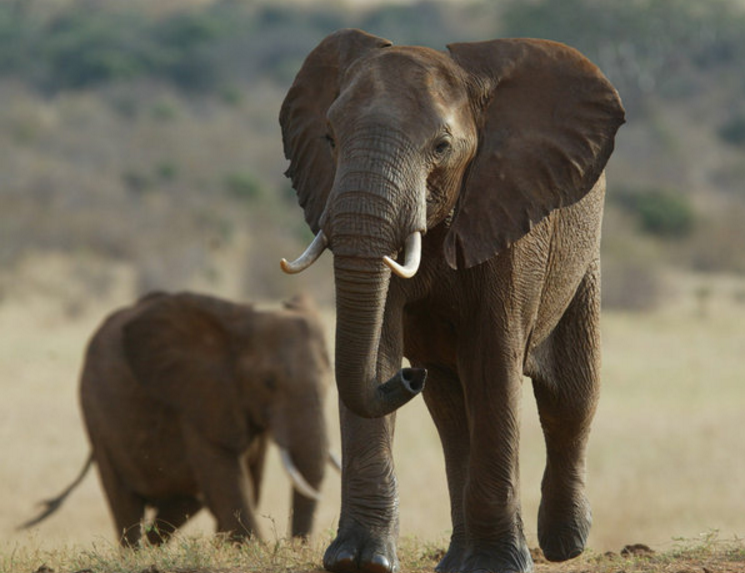
A new report from the World Wide Fund for Nature (WWF) predicts devastating declines in wildlife populations over the next five years, unless quick action is taken. By the end of the decade, we’re likely to have lost 67 percent loss of all vertebrate wildlife compared to 1970, it claims.
According to this year’s Living Planet Report, released by the WWF every two years, wildlife populations have already suffered tremendous losses in the last few decades. Vertebrate populations have plunged by 58 percent overall since 1970, the report states. And organisms living in freshwater systems, such as rivers and lakes, have fared even worse, declining by 81 percent in the last four decades.
“For decades scientists have been warning that human actions are pushing life on our shared planet toward a sixth mass extinction,” wrote Marco Lambertini, director general of WWF International, in a foreword to the report. “Evidence in this year’s Living Planet Report supports this.”
The biennial report relies on data from the Living Planet Index , an ongoing project that monitors changes in more than 18,000 wildlife populations composed of nearly 4,000 animal species around the world. Habitat loss and overexploitation are the two biggest current threats to wildlife, the report suggests. And much of the problem has to do with the growing human population’s ever-increasing need to feed itself.
In the last century, the population has grown from about 1.6 billion people to more than 7 billion today, and it’s expected to exceed 9 billion by mid-century. As a result, many of the problems facing wildlife involve being over-fished or hunted for food and losing their habitat as more and more land is cleared for agriculture. The WWF estimates that farmland already occupies more than a third of the planet’s surface.
“Even though its environmental impacts are immense, the current food system is expected to expand rapidly to keep up with projected increases in population, wealth and animal-protein consumption,” the report notes. “Transitioning toward an adaptive and resilient food system that provides nutritious food for all within the boundaries of a single planet is a daunting but essential goal.”
Other growing threats to wildlife include pollution, competition from invasive species and the ever-increasing influence of climate change, which can change the temperature and precipitation patterns animals have evolved to tolerate, strain their food resources and force entire populations to migrate or face extinction.
What’s bad for wildlife is often bad for people, the report points out, noting that healthy and intact ecosystems “provide us with food, fresh water, clean air, energy, medicine, and recreation. In addition, we depend upon healthy and diverse natural systems for the regulation and purification of water and air, climatic conditions, pollination and seed dispersal, and control of pests and diseases.”
In order to avoid the stunning losses projected by this year’s report, the authors recommend a variety of prevention tactics, including increasing the number of protected areas on Earth and committing to more sustainable energy and food systems. The alternative, the report suggests, is a world in which unsustainable activities eventually exceed the planet’s ability to support both the natural and human systems it houses.
“The dominant worldview of infinite natural resources, of externalities and exponential growth, is at an end,” said Johan Rockström, executive director of the Stockholm Resilience Centre, in another foreword to the report. “We are no longer a small world on a big planet. We are now a big world on a small planet, where we have reached a saturation point.”
Featured Image: Karel Prinsloo/AP
The Washington Post · Chelsea Harvey

